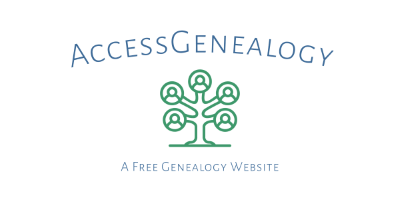Biography of James R. Daniel
JAMES R. DANIEL. – The subject of this sketch was born in 1826, and has lived a life that might well be described in poetry as succinct as that in which Othello related his own. The son of a machinist and shipbuilder of Philadelphia, Mr. Daniel early learned naval craft on the schoolship North Carolina in New York harbor, and on the brig Washington of the Coast Survey, and was then transferred to the Independence and Potomac. After his honorable discharge from the United States navy, he made voyages as able seaman to Havre and Liverpool, and to the West … Read more
